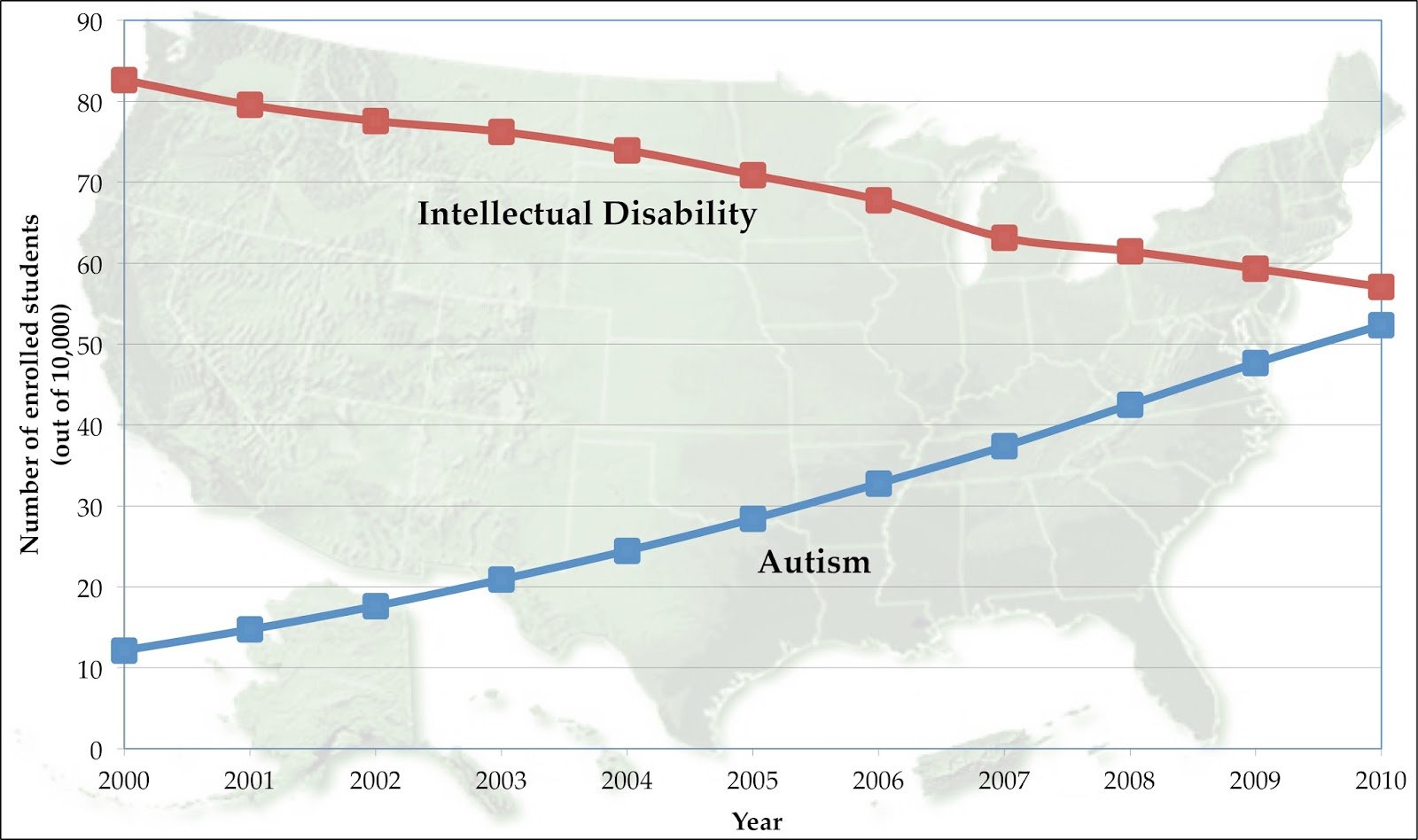CDC: Autism Diagnoses Rise Among US Children

**Atlanta, GA** – A new report from the Centers for Disease Control and Prevention (CDC) reveals a continued increase in autism diagnoses among US children. In 2022, approximately 1 in 31 children received an autism diagnosis by age 8, a rise from 1 in 36 in 2020. This increase, observed across 16 sites participating in the CDC's Autism and Developmental Disabilities Monitoring Network (ADDM), reflects a long-term trend.
The CDC attributes the rising numbers partly to improved diagnostic practices and increased awareness, leading to earlier and more accurate identification. The report highlights significant variations in diagnosis rates across gender, race, and geographic location. Boys consistently showed higher rates than girls (a 3.4-fold difference in 2022), although this gap is narrowing. Diagnoses were also more prevalent among Asian, Black, and Hispanic children compared to White children, a shift linked to increased access to diagnostic services in previously underserved communities.
However, disparities remain, particularly in identifying autism among children with intellectual disabilities. Over half of Black children diagnosed with autism at age 8 also had an intellectual disability, compared to less than a third of White children.
While the CDC emphasizes improved diagnostic capabilities as a key factor, HHS Secretary Robert F. Kennedy Jr. framed the data as evidence of an "autism epidemic," a claim refuted by autism advocacy groups. The Autism Society of America stressed the need for credible, science-based research to understand autism, rather than fueling fear or misinformation. Experts like Dr. Andy Shih, chief science officer for Autism Speaks, view the rising rates as reflecting progress in early identification and diagnosis, highlighting the need for continued support and investment in the autism community.
The CDC's report acknowledges limitations, including variations in data quality and completeness across participating sites, and the impact of the COVID-19 pandemic on diagnostic evaluations. Prevalence rates varied significantly geographically, ranging from 1 in 19 children in California to 1 in 103 in Laredo, Texas, a difference the CDC attributes to variations in service availability and diagnostic practices rather than increased risk. Successful initiatives in states like California, with its early screening program for pediatricians, and Pennsylvania, with its inclusive Medicaid policy, illustrate the potential impact of policy and access to care. The CDC concludes that the rising prevalence underscores the need for sustained investment in autism research and equitable access to services.









